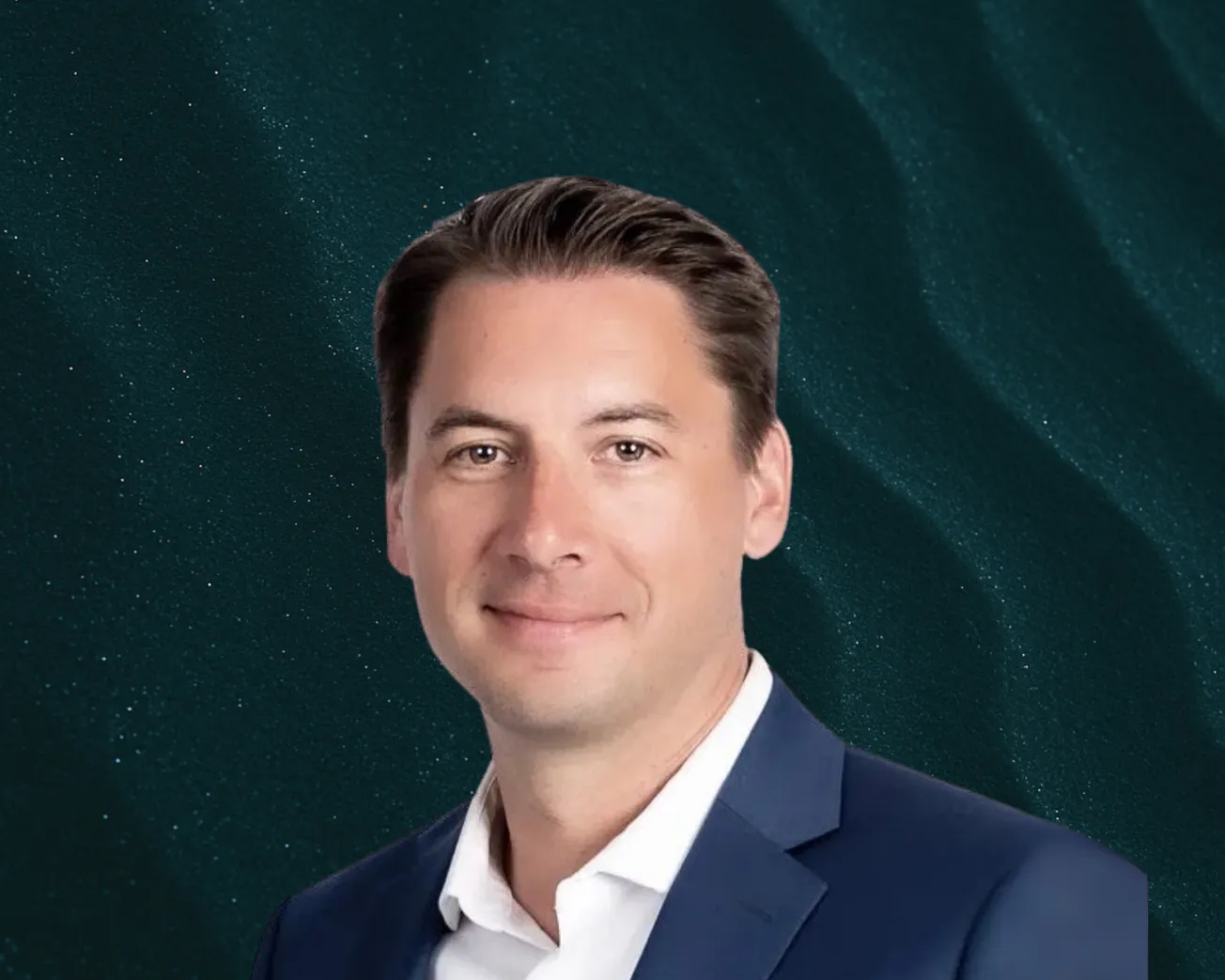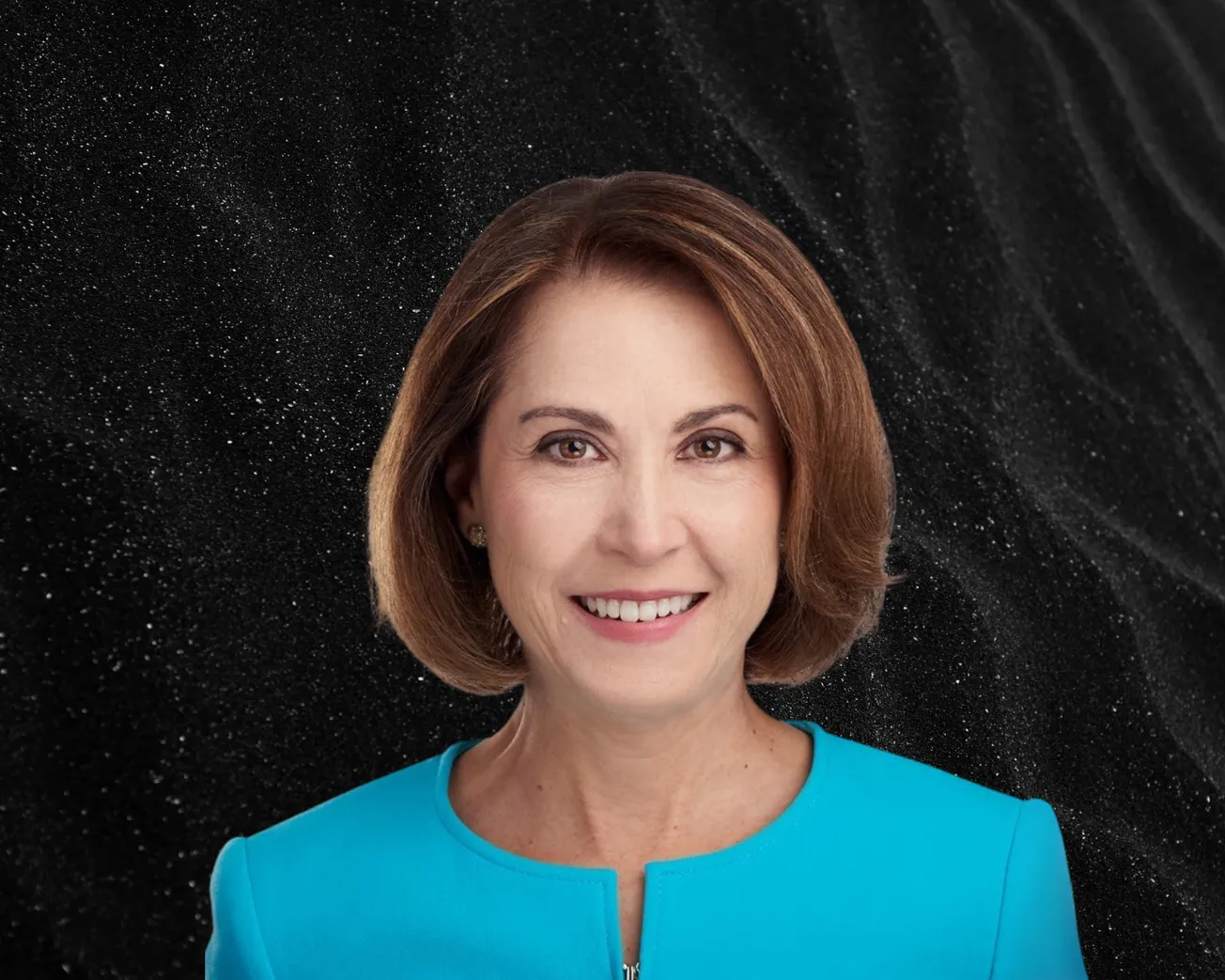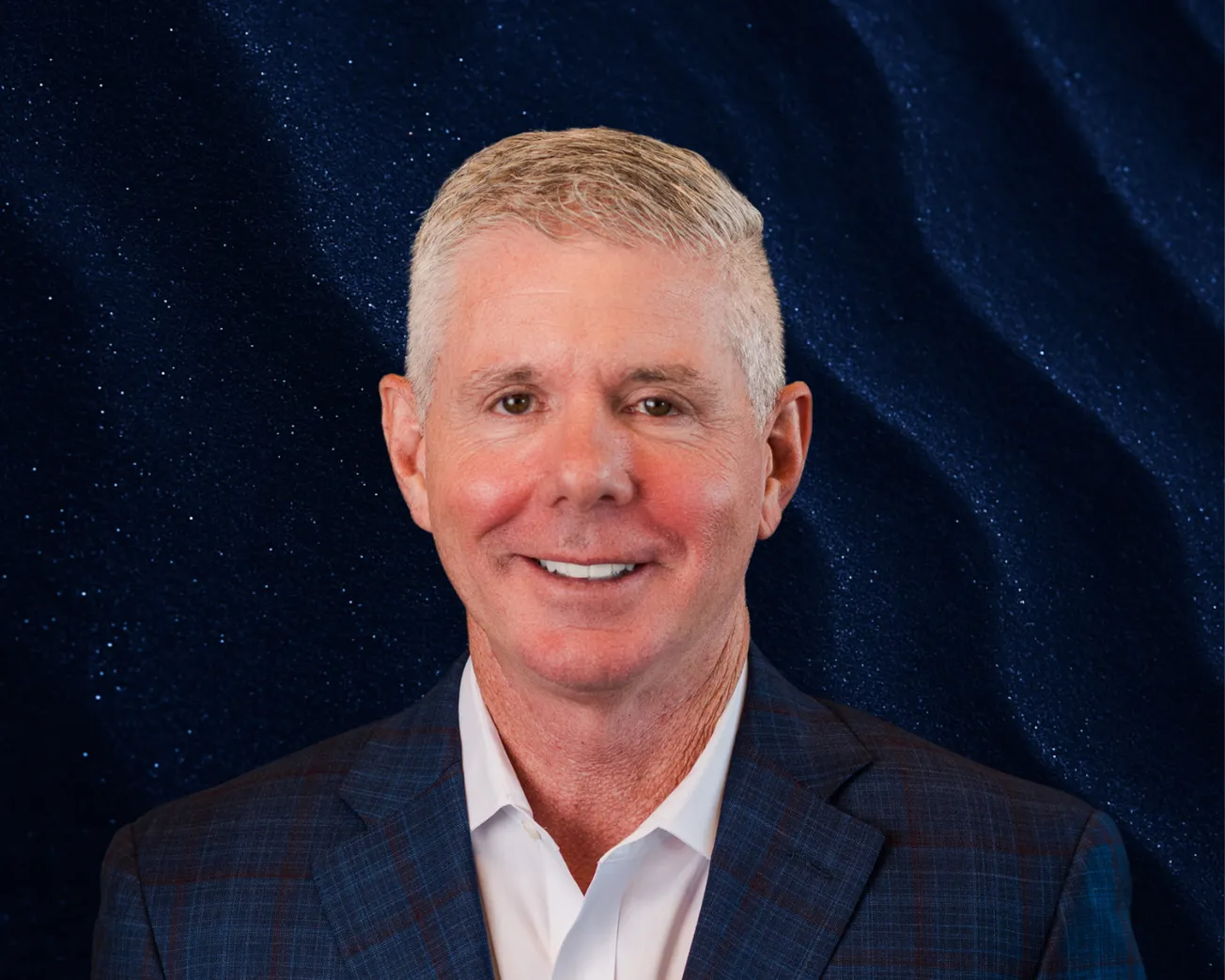Table of Contents
Ryan Melsert, CEO of American Battery Technology Company, sat down with Onyx for a feature-length interview.
Could you summarize your career journey and what led you to be at the helm of ABTC?
I’ve always worked within energy systems and chemical-mechanical engineering. Early on, I worked quite a bit in large-scale power generation - gas turbines at GE; nuclear facilities at Bechtel; nuclear propulsion systems, for the Navy, at Lockheed Martin. After a while, I started working with smaller, startup companies in renewable energy.
I ended up working a lot with the U.S. Department of Energy, and won a couple of awards for designing new methods for making electricity from geothermal; new ways to make synthetic fuels from biomass; and new ways to recover lithium from different types of resources. That’s what, eventually, led me to Tesla.
I was part of the initial team that moved to Reno, Nevada, to design and build the first battery gigafactory in the world. When we started, it was literally just a mountain in place - a complete greenfield site. We designed the building, the processes, brought it up and went through commissioning. It took about two years before we finally had our first cell that actually passed quality tests!
After that, I formed an R&D team within Tesla to move further upstream - developing new methods to recover those elements, purify them, and make the active components that go into batteries. After about four years, alongside a bunch of the people that I had hired, we left to start ABTC. Those early Tesla days, in Nevada, felt more like a startup inside a big corporate umbrella. We wanted to do that again - start small, grow, and see out that S-curve.
So, a small group of us founded ABTC to design, what we called, the “reverse of a gigafactory.” Instead of taking fundamental materials, and building them up into cells, modules, and packs, we wanted to create a recycling process that could take full, still electrically charged, packs from end-of-life and go through an automated process to break them down into modules, cells, and fundamental components, and then sell those back onto the market. That was about five years ago.
Now we’ve got our first commercial-scale, battery recycling facility, just outside Reno. And we’ve developed processes to manufacture battery-grade lithium from Nevada-based resources. We bought property; we are developing our own lithium mine; and we’ve designed a process to make battery lithium from that resource, right here, in Nevada.
What is the problem in the battery metal supply chain you’re trying to solve?
The goal is to move to a closed-loop economy. Fossil fuels are once-through - you harvest, refine, burn, and it’s gone. But, battery metals are the opposite. Those elemental materials can be used indefinitely.
The issue is that a closed loop is only as strong as its weakest link, and each part of the loop has grown at an imbalanced rate. In the U.S., we’ve got dozens of EV factories now. Tesla built the first battery gigafactory here, but, now, there are over 40, either planned, under construction, or operating.
But, go one step upstream, there are essentially zero facilities, in the U.S., that make the refined materials that batteries need. Moreover, there are almost no mines to harvest the initial metals. So, while we’re trying to build a closed loop in North America, the mining, refining, and recycling parts really need to catch up with the gigafactories and the EV demand.
You’ve said these elemental components can be recycled indefinitely. Could you give an example?
At the elemental level, metals don’t change. Nickel is always nickel, lithium is always lithium. Of course, the compounds inside the battery degrade, but the elements themselves stay the same. If you go all the way down to the elemental level in recycling, you can build them back up into new compounds, again and again. That’s indefinite, with no degradation!
How has geopolitical instability shaped the industry?
The growth rate of EVs has been volatile. Sometimes, it’s lagged; sometimes, it’s booming. That’s normal for an industry on the vertical part of the growth curve. But, keep in mind, it’s not just vehicles. A big portion of the metals we make go into grid-scale, stationary batteries. Right now, in the U.S., demand for those is huge!
So, those markets balance each other out. And again, the closed loop isn’t just about the U.S. The goal is for every region to have its own closed loop, so we’re not shipping critical minerals, ores, or batteries all over the world.
How are you innovating differently from competitors?
The people who design how batteries are made, usually, have the best insights into how to ‘un-design’ them. Many recyclers come from scrap metal, or general chemical backgrounds. We’ve got about 160 employees - roughly more than 90 came directly from the Tesla gigafactory.
That means that our team knows those processing steps and components intimately. We’ve designed a system to back them out systematically. Sure, there are brute-force methods - burning a whole battery and recovering the residue, or mechanically shredding and mixing everything together. But, we take a much more strategic approach, by essentially reversing manufacturing steps. At the end of the day, that lowers cost and increases recovery.
Can you quantify your current scale?
Our first Reno recycling plant is designed to process about 20,000 tons of material a year. That’s not a coincidence. A 35 GWh gigafactory produces about 20,000 tons of waste annually. So, each gigafactory should really have a recycling plant of that size, right alongside it.
That’s just production waste. Once you add in material coming back from end-of-life vehicles and service centers, you’re talking about even larger recycling plants needing to be tied into the transportation infrastructure.
What kind of partners are you working with?
In this space, companies often end up as both your suppliers, and your customers. We receive waste from across the sector, and our outputs - battery-grade nickel, cobalt, manganese, lithium, graphite, copper - are sold back into the market.
BASF is a great example. They’re one of the largest chemical refiners in the world. Two years ago, they reviewed every prospective battery recycler in North America. At the end of that process, they came to us to form a strategic partnership. Now, we receive waste from them and their partners, and they’re one of the biggest customers for our recycled materials.
How competitive are your prices compared to virgin metals?
Battery metals are traded on commodity indices - nickel, cobalt, lithium, copper. We sell at those market rates, with adjustments depending on whether it’s recycled or U.S.-made.
However, the real story is on the cost side. Developing a primary resource of lithium or nickel, you’re starting with, maybe, half a percent or three-quarters of a percent of that element in the ore. That’s considered good.
But, in an end-of-life battery, you might start with 15% nickel, 3% lithium; so, with much higher concentrations. If you don’t treat the battery like a black box - if you really understand what’s happening inside - you can recover those metals at significantly lower cost.
Some people say it’s hard persuading customers to buy recycled lithium, especially with China flooding the market with cheap supply. Is that true?
By the time we refine it, you can’t tell recycled lithium from virgin lithium. It’s chemically indistinguishable. We don’t even sell it as “recycled lithium.” We just sell lithium.
Because we can access the material more easily, and process it more cheaply, we can hit the same market rate - sometimes lower. If it’s domestic and avoids tariffs, or qualifies automakers for subsidies, that’s extra value.
So, yes, it’s the same product, at lower cost, with additional incentives.
How important is the “American” part of American Battery Technology Company?
These closed loops need to exist everywhere. But, North America is so imbalanced, right now, that our priority is to help close the loop here, first. There’s room for dozens more facilities of this scale.
Of course, though, the same model applies globally. Every region should have its own closed loop, so we’re not shipping ores and batteries across continents.
Are U.S. policymakers alive to the issue?
Yes, critical minerals are one of the rare areas where both political parties are aligned. Everyone sees it as a big risk!
Each gigafactory is billions of dollars of capex. If it imports 100% of its feedstock, it’s vulnerable. A COVID-style supply chain shock, or a geopolitical disruption, and, overnight, those factories become hundreds of billions of dollars in stranded assets. Nobody wants that. So, there’s real awareness, and a push to build both recycling and domestic mining and refining.
Looking 10 years out, what milestones do you want to hit?
On the recycling side, last year, we announced that we’re building our second plant. Now it’s about proliferation - colocating facilities next to gigafactories to process production waste, and bigger ones near transport hubs for end-of-life packs.
On lithium, we’re flipping the traditional model. Usually, lithium is mined in remote areas, then shipped halfway around the world to be refined. We chose the exact opposite - build the refinery directly on top of the mine. The material only travels a short distance. As demand grows, we just add more refining capacity at the same site.
If you could go back to the start of your tenure, what advice would you give yourself?
I’ve always worked in classical thermodynamics and energy systems. That’s been my throughline. But I never intended to end up in batteries or EVs, specifically. I started in big corporations, fossil and conventional fuels, and I later found myself in startups on the renewable side.
The advice would be: don’t stray from your core mission - if you want to work in energy systems and thermodynamics, stay true to that - but recognize that how you apply it will change. Balance sticking to your core with staying flexible.






